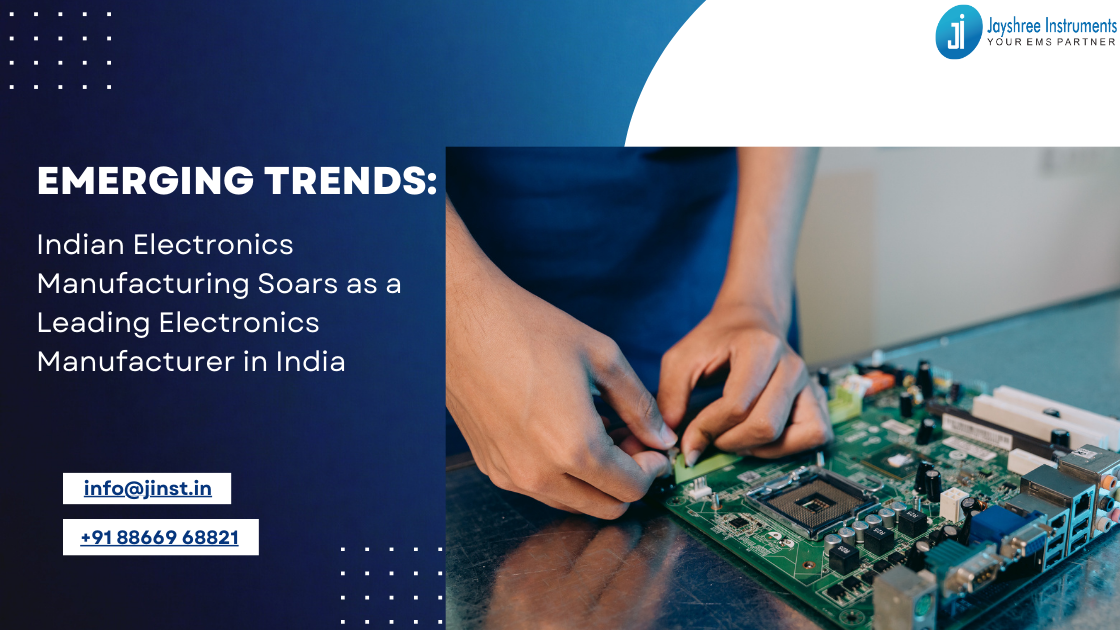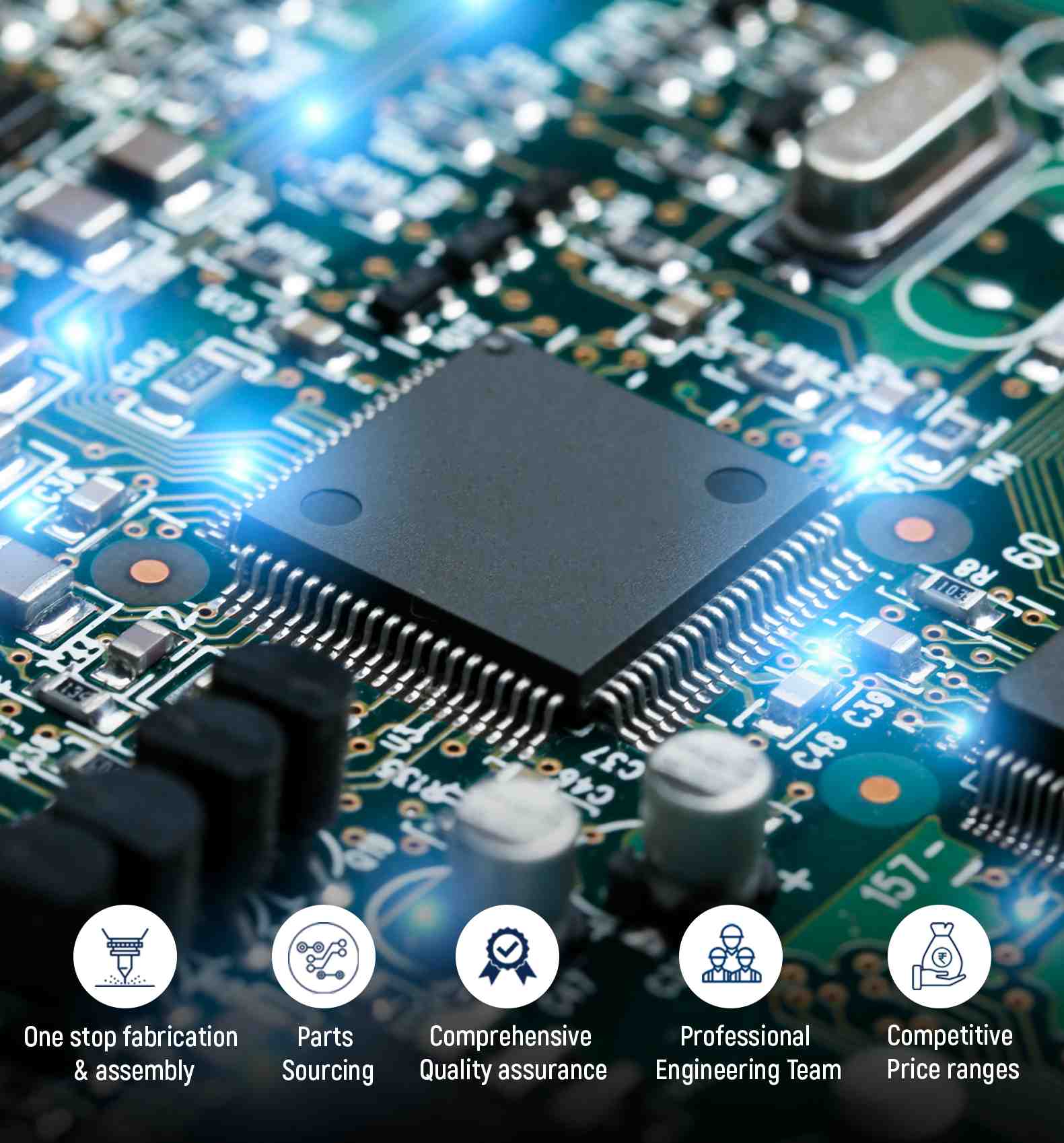By 2025, it is anticipated that the electronic manufacturing services (EMS) market will be worth USD 847.10 billion. The industry is being impacted by the demand for smart gadgets, energy-efficient electronics, and new relationships between OEMs and manufacturers. The EMS market is also being driven by new electronic gadgets and smart materials for applications in telecommunications, aerospace, and medical devices. The electronics manufacturer in India has also seen a tremendous rise in the past decade and continues to be on the growing curve.
The testing, design, manufacturing, and production services sectors of the EMS industry are separated from the others. In 2018, the testing services industry generated around 20% of the market share. But from tiny to large, every testing service has a unique purpose to offer. This analysis of the sub-segment shows where the components should be placed precisely, as well as if joints are joined and soldered correctly and whether testing has been done before manufacturing.
The future of electronic manufacturing holds incredible possibilities with advancements in AI and IoT. These technologies are set to revolutionize the industry while prioritizing automation, sustainability, and the well-being of workers. However, it’s important to note that these advancements are meant to support human ingenuity, not replace it.
One exciting development is the use of augmented and virtual reality (AR/VR) in electronic manufacturing. Engineers can utilize AR/VR to enhance and optimize designs, evaluate ideas and solutions, and simulate digital models. These technologies also enable designers to visualize how products will be used over time and consider factors like ergonomics and aesthetics. VR and AR also facilitate collaboration and customer communication, reducing technical risks and ensuring that products meet their intended purpose.
Another significant trend is the implementation of IoT, IIoT (Industrial IoT), and automation, collectively known as Industry 4.0. These technologies enable the gathering, monitoring, and analysis of data from industrial activities, making factories smarter. Manufacturers can utilize this data to improve the manufacturing process and enhance productivity. For example, partnerships like the one between Microsoft and Procter & Gamble allow real-time data access and AI models to optimize production.
AI plays a crucial role in preventive maintenance, using data to make accurate predictions and decisions. Predictive maintenance anticipates how machines will perform under future conditions and when they need repairs. Sensors provide valuable information on various metrics, such as electrical flow and temperature, allowing early detection of issues and reducing downtime and associated costs. AI also contributes to quality control, scrap reduction, and inventory forecasting.
As manufacturing facilities become more interconnected, cybersecurity becomes a priority. Implementing the concept of “zero trust,” where no automatic authorization is granted, ensures data security and limits access to authorized personnel. Additionally, sustainability is a key focus in electronic manufacturing. This includes considering the environmental impact through the circular economy, sustainable supply chain practices, and incorporating sustainability into the design stage.
However, defining sustainability in high-tech manufacturing can be complex, as it involves various activities and resources. This encompasses factors like rare earth material mining, transportation, operations, lifecycle management, environmental systems, power generation, and labor resources. Each company may have its understanding of what sustainability means to them.
The future of electronic manufacturing is driven by AI, IoT, AR/VR, and automation. These technologies enhance productivity, improve designs, enable predictive maintenance, ensure cybersecurity, and emphasize sustainability. By embracing these advancements, the industry can achieve remarkable progress while valuing human ingenuity and environmental responsibility.







Recent Comments